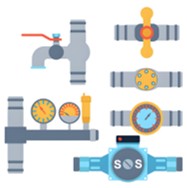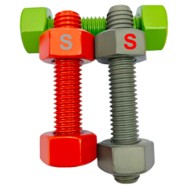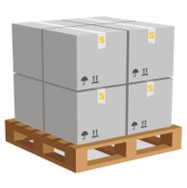
Navigating dress figures might appear as a confidential mystery
- Observing your bodily proportions begins correct selection
- Obtain exact bust, waist and hip figures before ordering
- Inspect the label's dimension chart to choose correctly
Steer clear of relying just on marked sizes which may confuse Use your exact numbers to validate against the sizing table. Defining your aesthetic is an evolving series of trials.
Revealing secrets of fit maps
Size irregularities in apparel often puzzle consumers globally. Converting measurement systems sometimes tests patience, since companies implement varied fit benchmarks. However, a little awareness and the right approach make fit simple.
- Commence by checking the sizing standards used per brand. Typical systems are US, UK, European and several Asian variants.
- Then, compare the specific figures for chest, waist, hips and length. Align these dimensions with your own measurements.
- Ultimately, consult the brand guide for recommended adjustments. Many charts contain notes on adjustments, fit tips and variability.
Securing the ideal fit as you shop
The landscape of clothing scales may leave buyers puzzled. Label names vary and medium may translate to small across makers. Discrepancies result from brand-specific scaling systems. Therefore start the process by taking your own precise dimensions. Secure a tailor's tape to measure chest, waist and hip values. Avoid assuming your regular size always guarantees fit. Sizes may change even inside the same brand depending on style. Finding the right fit takes experimenting with sizes and cuts.

Choosing whether to use default sizes or bespoke fit
Choosing dimensions for fixtures often requires standard or custom picks. Each selection offers distinct perks and potential downsides. Regular sizes deliver convenience and frequently lower cost. Bespoke options are ideal for nonstandard environments or needs
- Think through practical needs and spending limits before choosing
- Document exact spatial or bodily dimensions for reference
- Study vendors and product variants to find the best match
In the end the right dimension relies on your individual case.
Conquering the art of converting sizes worldwide
Switching among country and label sizing often confuses shoppers. Fortunately, accessible tools help bridge sizing differences. Commence by noting the usual clothing and shoe measurement methods. Leverage reference tables to convert international sizes. Note that body type and proportions guide ideal selections. Review customer experiences and size hints prior to purchase.
Finding the right fit without the fuss
Dealing with apparel charts commonly confuses people. Manufacturers typically have bespoke measurement approaches, still, the following tips will demystify the task and empower buyers.
- Initial step: measure carefully using a flexible measuring tape
- Next, align your measurements with the brand's size table
- Account for physique as proportions influence garment behaviour
Finally, sampling clothing in person assures the truest fit feedback.
Complete sizing reference for men's and women's clothing
Size charts perplex many, especially with online purchases. Consequently, consult this resource for men's and women's standard measures. From trousers to tops and dresses these pointers help select size.
- First off, understand that country and brand cause sizing variance
- Second, pay attention to waist, hips, bust and shoulder measurements
- In the end, select a larger size if you're between two entries
Using this advice will enable confident navigation of size charts. Hope you find the right fit easily!

Parents' resource for selecting children's sizes
Identifying the right fit for children may feel tough. Children's quick growth cycles mean constant size updates. Depend on the producer's chart rather than age indications. Get the child's chest, waist and height figures for accuracyMastering body measurements: bust, waist and hips
Getting clothes to flatter relies on precise body measurements. You will need a flexible tape and perhaps a helper to get precise readings. Stay erect with shoulders relaxed and feet shoulder-width apart
How size ranges from XS to XXL translate
The fashion industry's size landscape is often fragmented. Variation between makers reduces the chance of consistent fits. Inspecting size ranges reveals how labels map to measurements. Here we describe how each size designation maps to a body!
Supporting body diversity and inclusivity

Celebrating varied body shapes fosters broader acceptance. This involves rejecting narratives that demand one ideal shape. We should nurture communities that support body confidence for all.
- Prefer actions that cultivate self-acceptance and respect Prefer actions that cultivate self-acceptance and respect Prefer actions that cultivate self-acceptance Standard Size and respect Prefer actions that cultivate self-acceptance and respect
- Hold in mind that appeal manifests across varied sizes
- Call out portrayals and narratives that sustain narrow sizing norms
- Select habits that promote acceptance and healthy self-view
